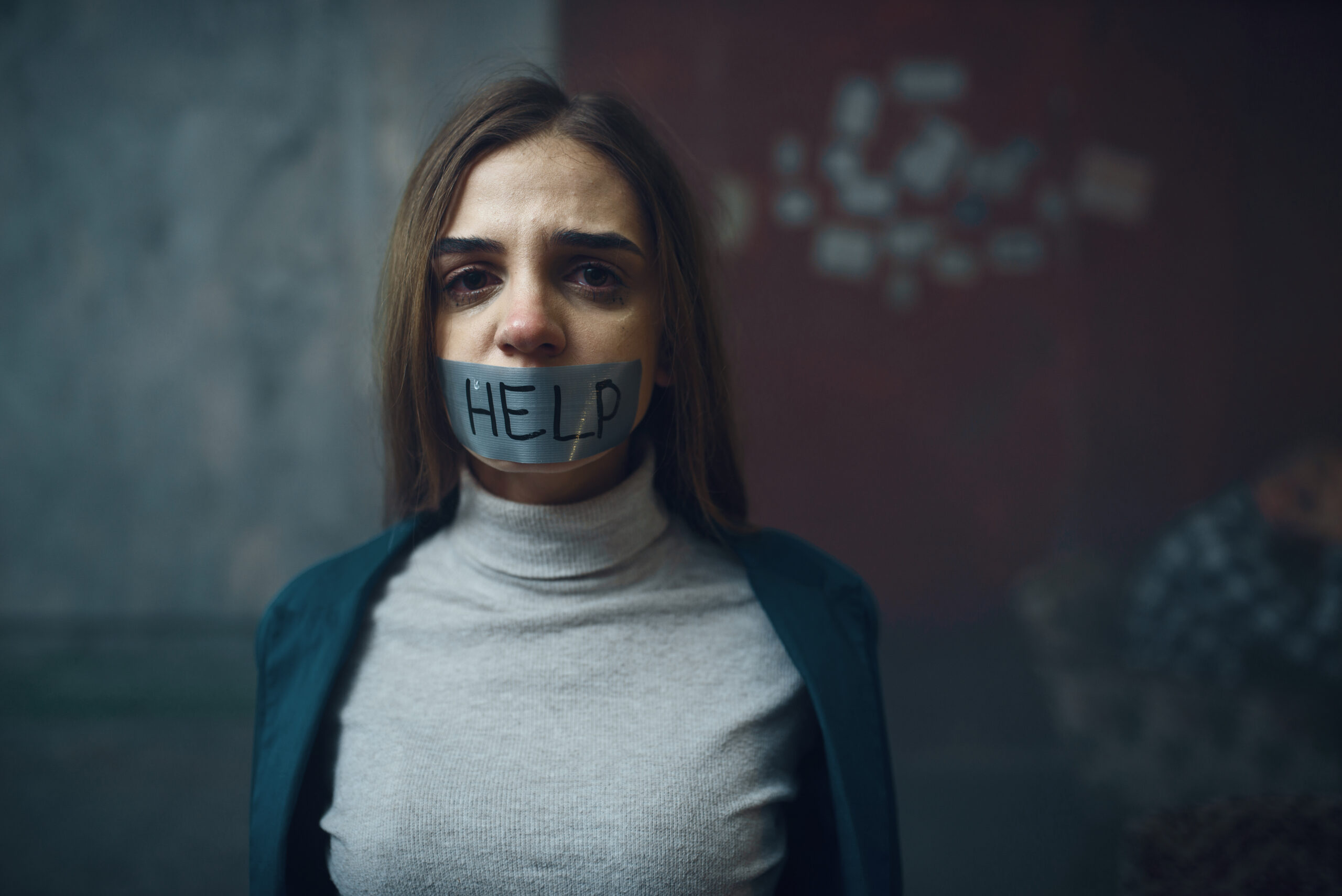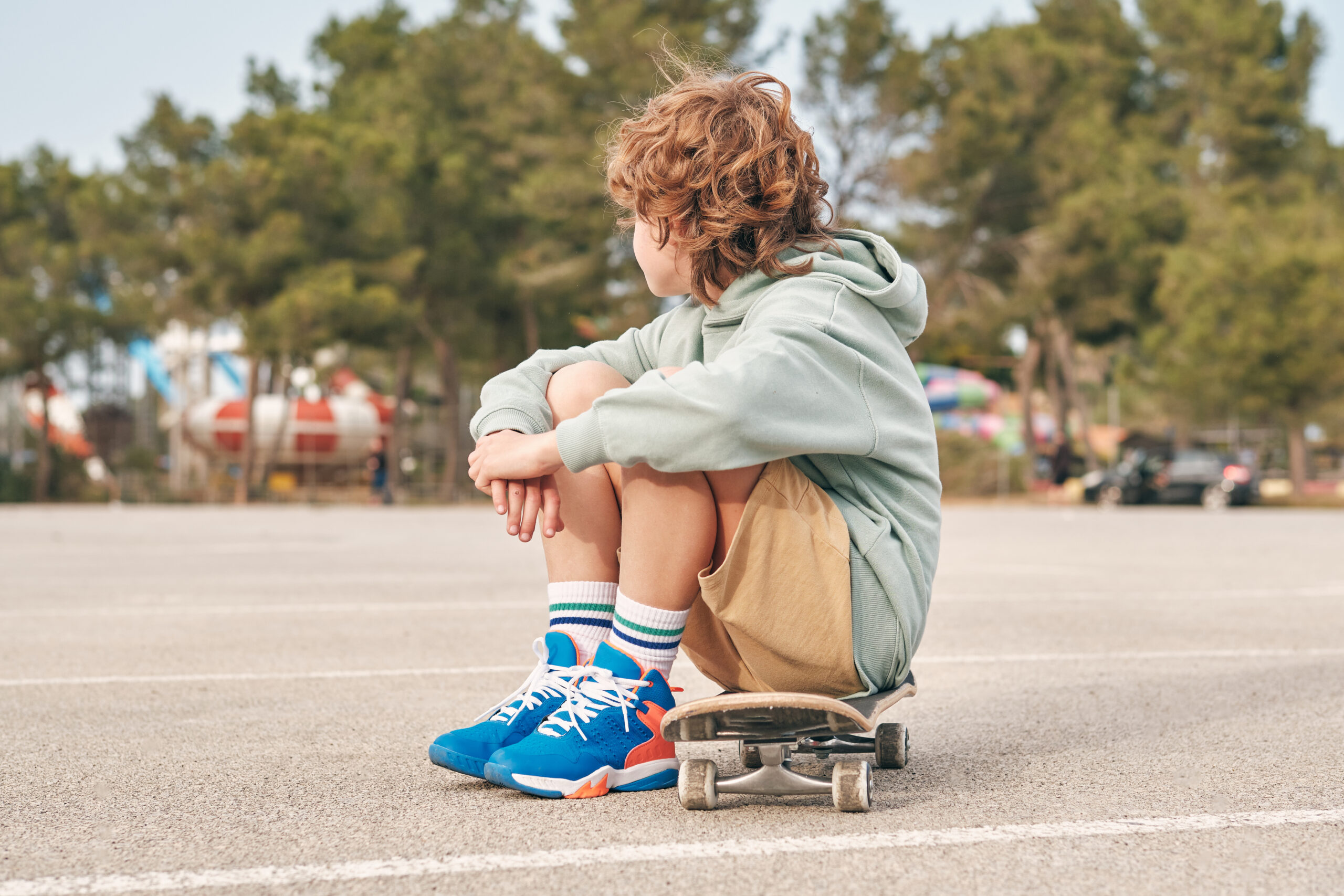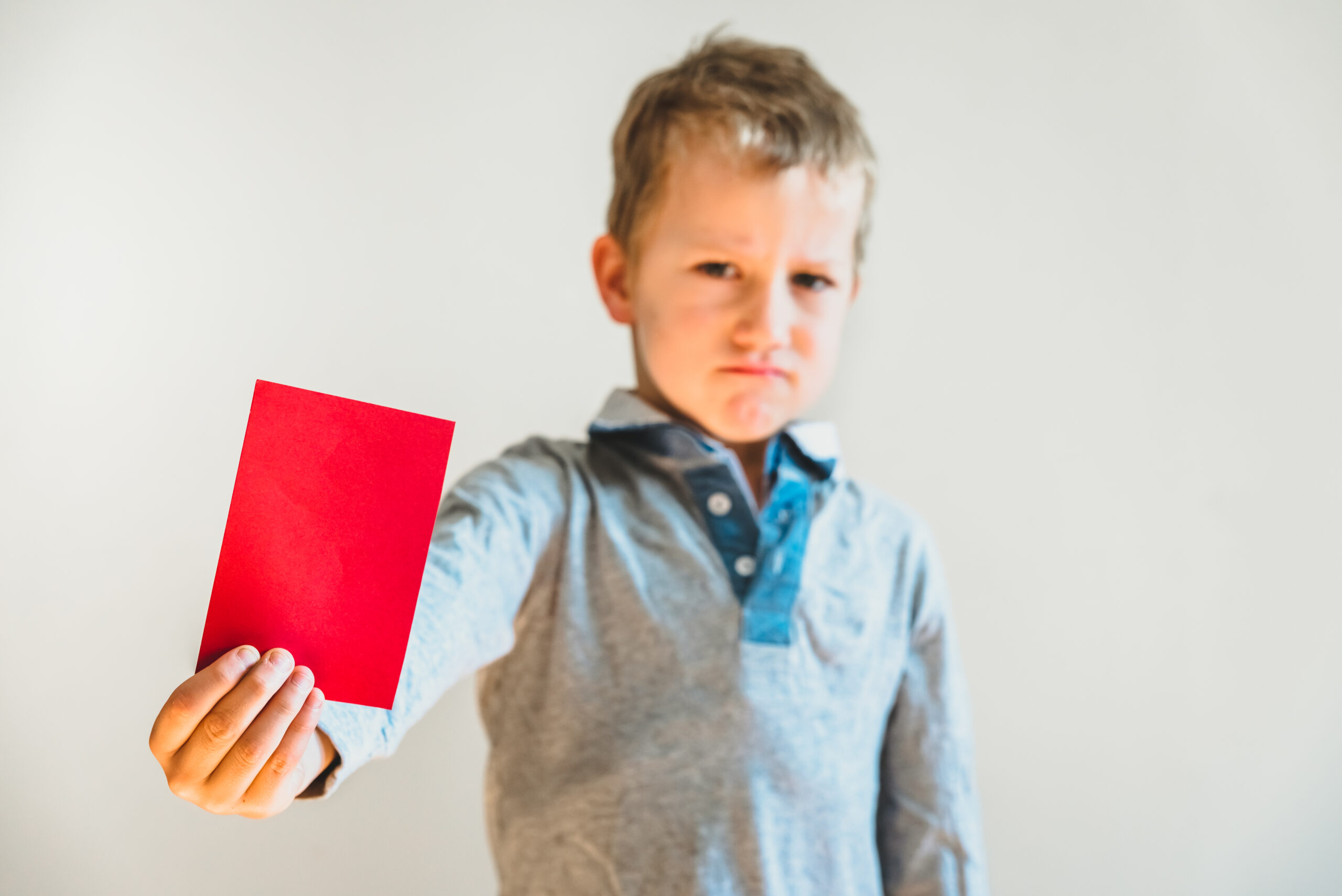It is our obligation as digital parents to teach our children how to use social media responsibly and effectively. A few simple rules can make all the difference.
Facebook is not the devil. Instagram, Snap, TikTok, and Twitter aren’t either.
However, if you look at recent headlines, you could be forgiven for thinking that. From porn to privacy violations, misinformation to mental problems, social media is to fault for a lot.
The truth is that our favorite platforms are a two-edged digital sword. Sure, they can cause devastation and sow discord. However, when utilized consciously and with intention, they have the potential to make the world a better place. It is our obligation as digital parents to show our children how.
According to the numbers
According to recent surveys, 87% of children aged 12 to 15 will have a social media account in 2020, as will half of children aged 10 to 12, and one-third of children aged seven to nine. That is, according to their parents. (So much for the 13+ age restriction!) Social media use is almost universal among teenagers.
In US, social media penetration is approximately 80% across all age groups, and we spend roughly one-third of our internet time reading through social media. This amounts to an hour and three-quarters of a day.
We can make better use of our time – and encourage our children to do the same – by following a few simple guidelines.
Spread some sunshine!
Doom-scrolling is the devil. The practice of ingesting terrible news postings and photos, which the epidemic has exacerbated, is a documented mental health risk. Do your part to reverse the trend by looking for good news to share. Some call it “hope-scrolling.” Follow profiles and pages that are rich in feel-good material – The Good News Network and Happy News are wonderful places to start.
Furthermore, because of the echo-chamber effect of social media algorithms, you’ll notice that the gift of good news just keeps on giving. Once those algorithms discover your preference for sunlight, you’ll notice your feed get brighter and brighter with each passing day.
Go deeper
Yes, it can be entertaining to post that great image of your martini at sunset or to show off those matching Christmas jammies. But social media can be far more powerful than that. Show that you care by following and sharing posts from organizations that represent your basic values. Compassion. Social justice. Climate action. Animal rights. Holiday sunsets and caustic memes are fine and dandy. But you go deeper than that, don’t you?
Connect with the less connected
Everyone understands that social media is an excellent tool to communicate with family and friends. However, we may be less conscious of people who aren’t active users – individuals in our personal circle or larger community who may be isolated or plain lonely.
Not sure how? One option is to just send a goofy (or serious) greeting in honor of a world or national holiday. Every day of the year has at least one, and sometimes several, from “National Opposite Day” (25 January) to “International Day of Happiness” (20 March).
Create a compassion challenge
Remember the ice-bucket challenge that swept the internet a few years ago? It entailed pouring a bucket of ice water over your own or another person’s head to raise awareness of the disease amyotrophic lateral sclerosis and encourage donations for research.
This challenge was a hit with the participants. Researchers believe that being good to others contributes to our own pleasure.
Assist your children in developing a fun online kindness challenge. It doesn’t have to be anything outrageous or excessive – just an invitation to conduct an everyday act of kindness every day for a week, say, whether it’s running an errand for someone, purchasing a cold drink for a homeless person, or surrendering your spot in line to someone else.
What is it about kindness? It’s contagious.





























